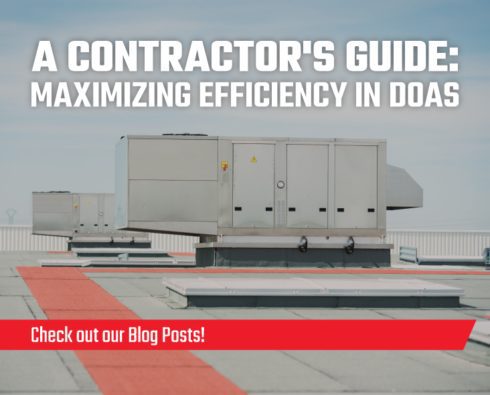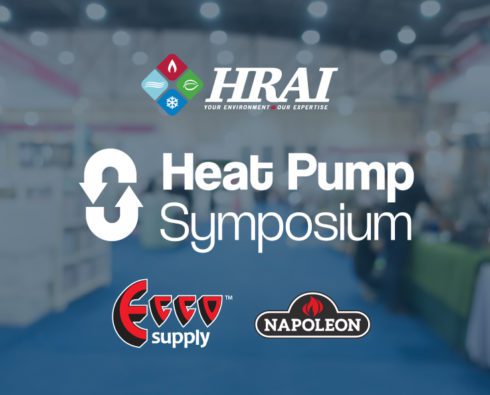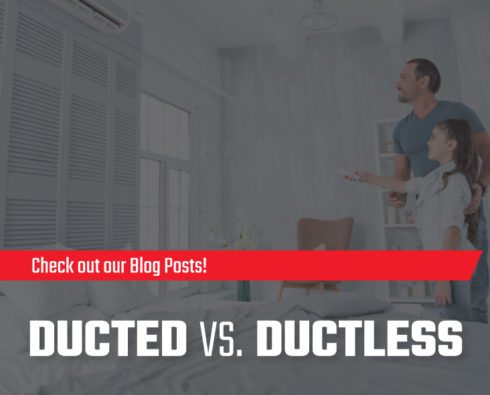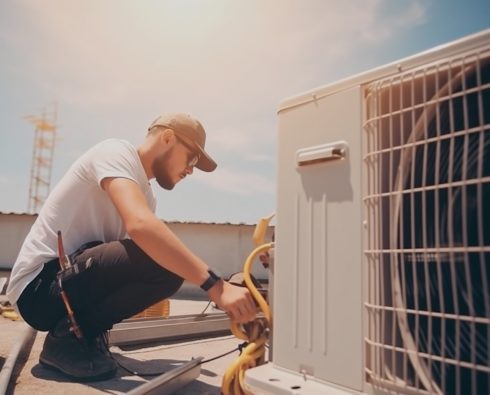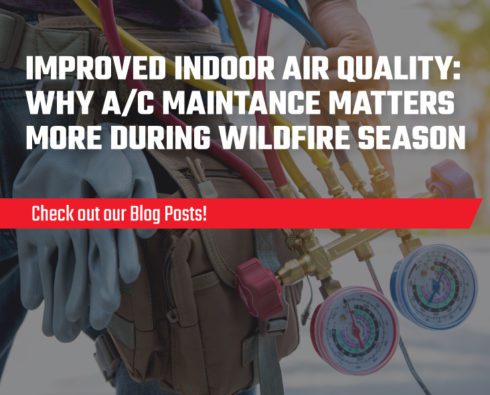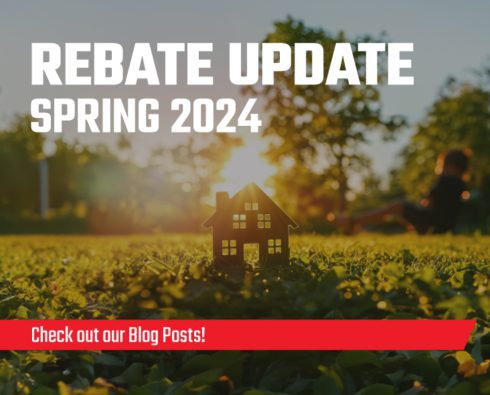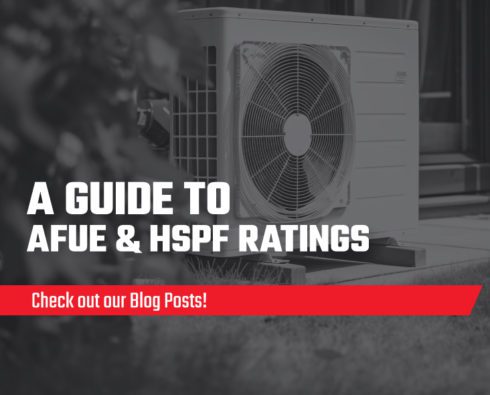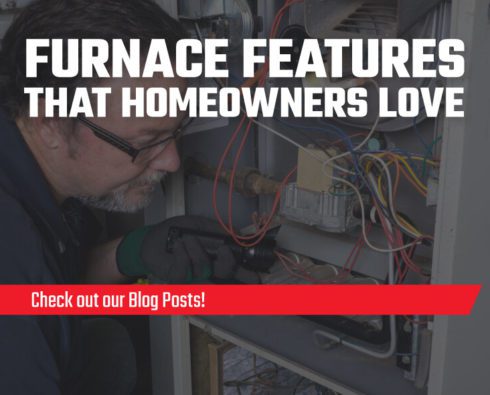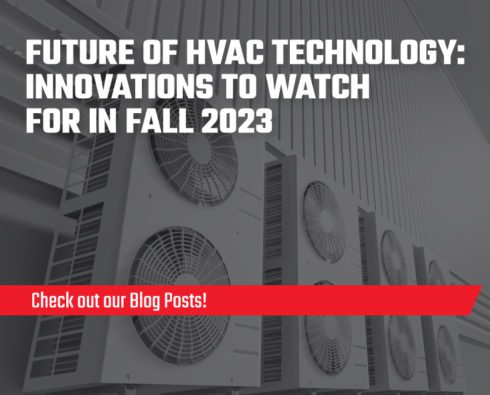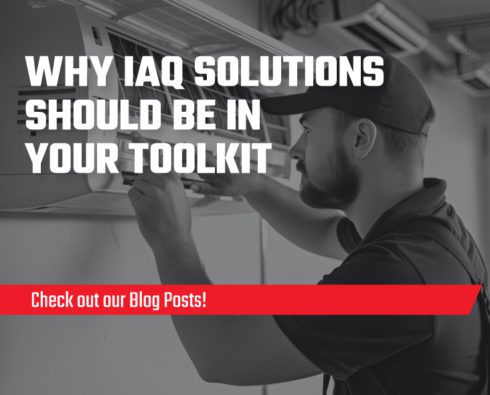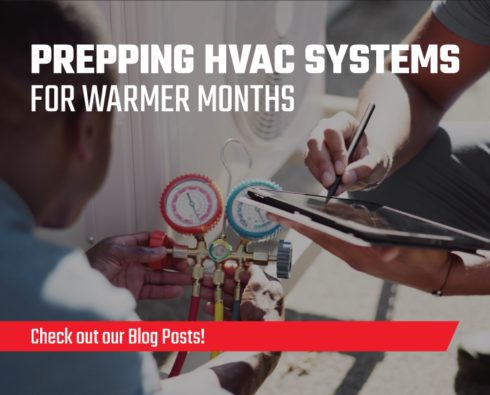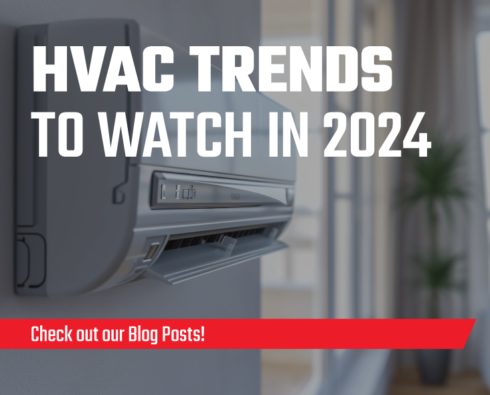
Building Client Trust: Effective Communication Strategies for HVAC Professionals
Trust is the cornerstone of any successful business relationship. This is especially true in the HVAC industry, where homeowners rely on HVAC professionals to provide recommendations and solutions that are carefully tailored to their home and budget.
One of the most effective ways to establish trust is through better communication. In this article, we’ll explore some practical strategies any HVAC professional can use to communicate with clients more effectively—from answering questions at the start of a project to troubleshooting complaints at the end.
Explaining technical aspects to non-technical clients
The HVAC world is filled with technical jargon that can be like another language for anyone who doesn’t work in the field. When presenting options and recommendations to homeowners, it’s essential to bridge this gap by simplifying complex HVAC jargon without oversimplifying the concepts behind them.
Here are a few simple strategies to follow:
Simplify HVAC jargon
You don’t have to avoid HVAC terms and jargon; always explain what they mean in layperson’s terms.
Instead of saying “SEER ratings,” explain it as “the efficiency rating of your air conditioner.” This makes the information more digestible and helps build a rapport with clients who appreciate the clarity.
Use analogies
Analogies are powerful tools that help make something unknown or abstract easier to understand.
For example, when explaining the benefits of a high-efficiency furnace, citing the AFUE rating isn’t as impactful as explaining what it means using an analogy: AFUE is like your car’s gas mileage. An AFUE of 95% means 95% of the fuel it uses is converted directly into heat for your home, while only 5% is lost. The higher the AFUE rating, the more money you save on fuel.
Ask if your client understands
As you outline recommendations or talk through a potential project, ask your clients if they’ve understood what you’ve explained. This helps encourage more dialogue and can help clients—who don’t have any HVAC expertise—feel more comfortable asking questions.
The best way to do this is with more open-ended questions like “Is there any of this that doesn’t make any sense?” or “Are there any aspects of this you’re not sure about?” instead of simply asking, “Do you understand?”
Managing client expectations
Before kicking off a project, setting and managing realistic expectations is critical. Be clear about what can be achieved, within what timeframe, and at what cost. Overpromising and underdelivering can damage trust in a big way.
For starters, ensure you’re setting realistic timelines and budgets. Unexpected delays and additional costs are common in HVAC installations and repairs. Preparing clients for these possibilities upfront can prevent frustration and distrust later.
Once the project is underway, effective communication is more critical than ever. Keep your clients informed of progress by providing regular updates.
When unexpected problems pop up, communicate promptly and professionally. Explain the issue, how it affects the project, and what steps are being taken to resolve it. Transparency like this shows respect for their time and investment.
Handling complaints and providing solutions
You can’t control whether a customer complains about you or the service you provide, but you can control how you respond. And how you respond goes a long way to solving the problem and ensuring that the complaint doesn’t snowball into a more significant issue, like lousy word-of-mouth about your business.
The best way to handle any complaint is to listen, seek solutions, and focus on the opportunity to learn and grow.
Effective listening
Listening effectively means listening actively. This involves more than just hearing words. Instead, it’s about honestly understanding the message behind them rather than simply waiting for your turn to speak.
Listen actively and reflect on what’s being said when a customer voices a concern or complaint. This shows that you value their input and are committed to resolving their problems.
Seek construction solutions
Staying calm and professional when handling a customer complaint is equally important. You can do this using constructive language and focusing on finding solutions rather than defending your actions and decisions.
This approach can help de-escalate the situation and minimize any frustration from the client, which will move both parties closer to finding a solution.
Turn the negative into an opportunity to grow.
It’s not always easy to accept this fact, but negative feedback is an opportunity for growth. When you receive complaints, use them to refine your services and communication strategies. Demonstrating a commitment to improvement based on client feedback can turn a dissatisfied customer into a loyal one.
Communication matters
Mastering effective communication strategies is essential for HVAC professionals looking to build and maintain trust with their clients.
From demystifying HVAC jargon to managing expectations and addressing complaints, every interaction presents an opportunity to strengthen the client-professional relationship.
By actively listening, speaking in terms homeowners can understand, and turning challenges into opportunities for growth, HVAC professionals can create a stronger foundation of trust between them and their clients.



